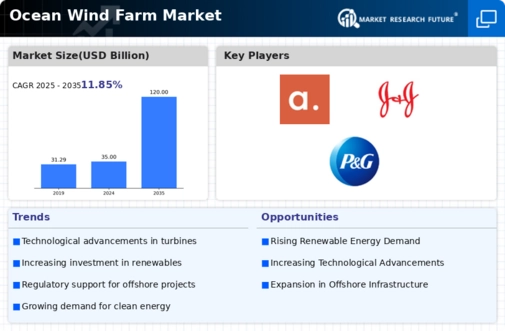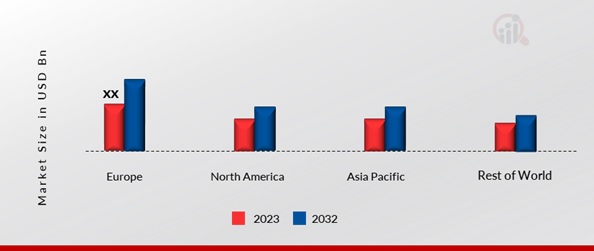Leading market players are investing heavily in research and development in order to expand their product lines, which will help the weight loss products market grow even more. Market participants are also undertaking a variety of strategic activities to expand their global footprint, with important market developments including new product launches, contractual agreements, mergers and acquisitions, higher investments, and collaboration with other organizations. To expand and survive in a more competitive and rising market climate, the Ocean Wind Farm industry must offer cost-effective items.
Manufacturing locally to minimize operational costs is one key business tactic used by manufacturers in the global Ocean Wind Farm industry to benefit clients and increase the market sector. In recent years, the Ocean Wind Farm industry has offered some of the most significant advantages to medicine. Major players in the Ocean Wind Farm market, including General Electric, Vestas, Inc., Siemens Gamesa, Goldwind, Shanghai, and others, are attempting to increase market demand by investing in research and development operations.
ABB (ASEA Brown Boveri) is an industry pioneer in motion, automation, robotics, and electrification technology. ABB, an organization with a lengthy heritage of more than three centuries, is widely recognized for its groundbreaking solutions that propel advancements in numerous sectors, such as manufacturing, transportation, utilities, and infrastructure. The organization possesses a wide-ranging assortment of products, including grid systems, industrial robots, high-efficiency motors and drives, and sophisticated digital solutions. ABB is dedicated to upholding sustainable practices by providing customers with products and services that facilitate the improvement of energy efficiency, mitigation of environmental impact, and enhancement of productivity.
With its main office situated in Switzerland, ABB maintains operations in over one hundred nations and maintains a worldwide staff committed to advancing technological innovation and promoting sustainable development.
Doosan Heavy Industries & Construction, based in South Korea, is a prominent global provider of power and infrastructure solutions. The organization possesses more than five decades of experience and is a leader in the design, engineering, construction, and installation of industrial facilities, power plants, and desalination plants. The extensive range of energy solutions offered by Doosan consists of both conventional and renewable technologies, including wind, thermal, hydro, and nuclear power generation systems. Furthermore, the organization provides cutting-edge construction and engineering solutions, encompassing mechanical and electrical installation, civil works, and project management.
Doosan, an organization dedicated to both sustainability and innovation, utilizes state-of-the-art technologies to provide dependable, effective, and ecologically sound solutions that cater to the ever-changing demands of its global clientele.















Leave a Comment